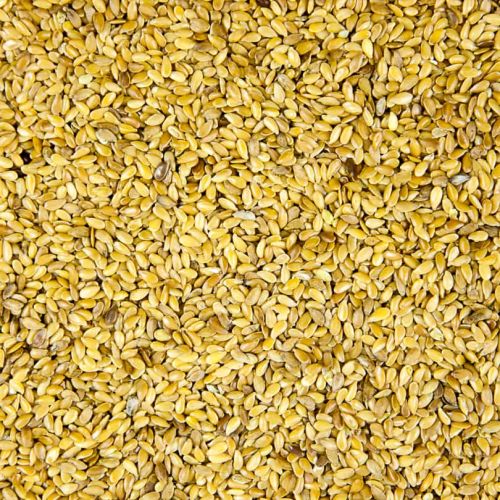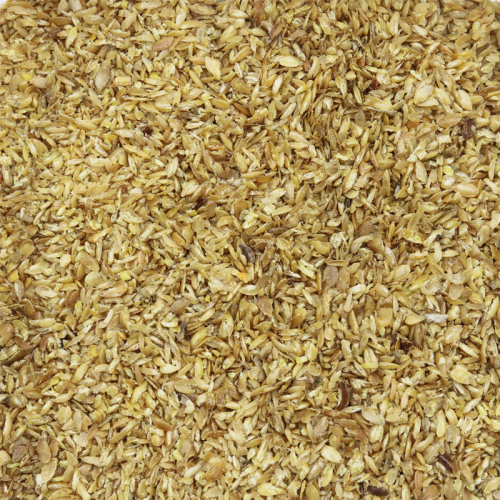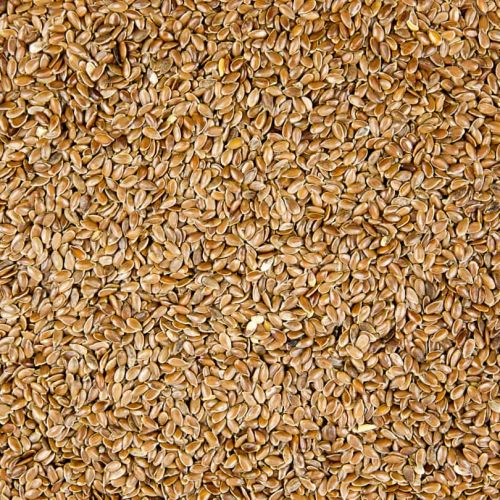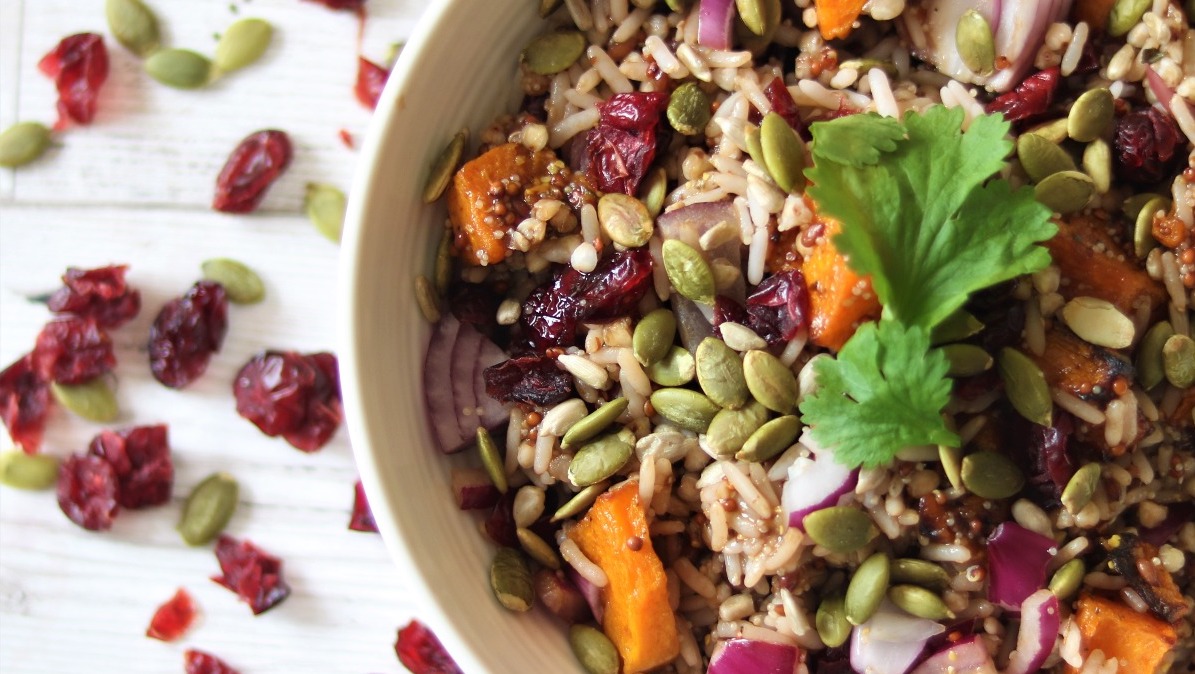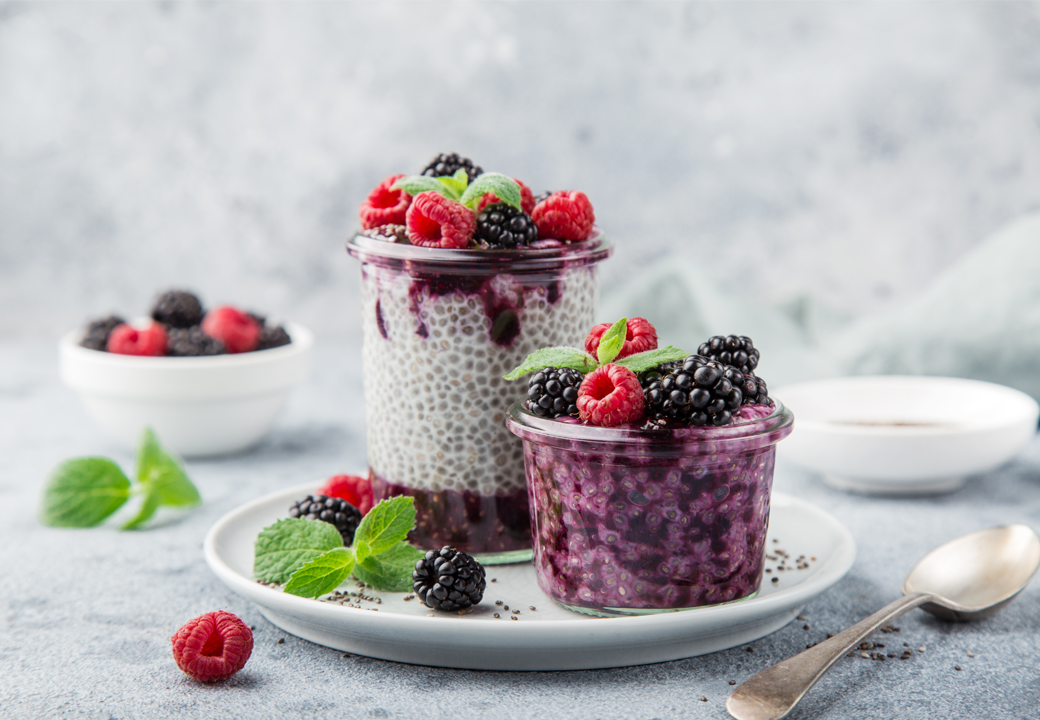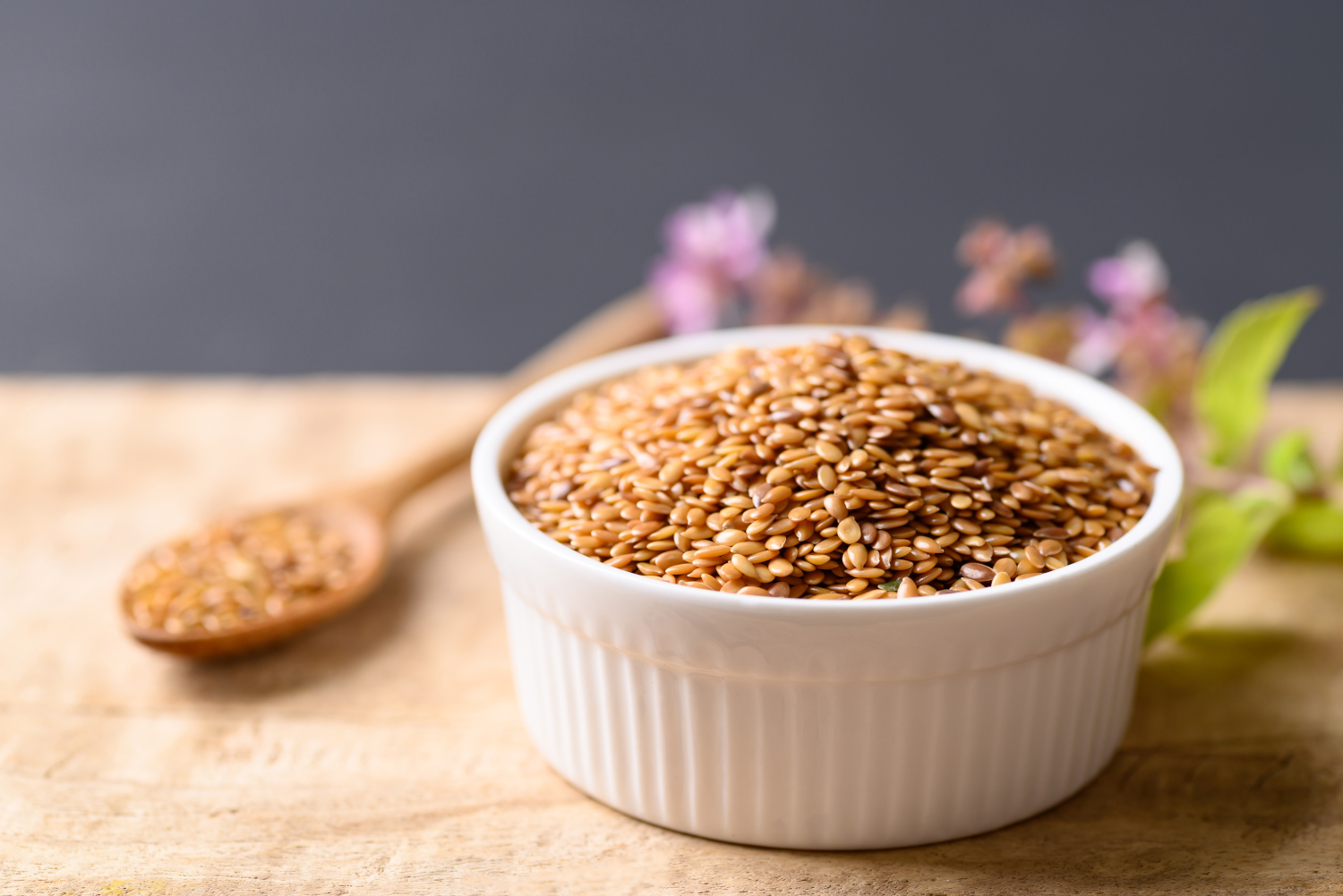

At Grape Tree we are happy to use either. So, having decided what to call it you then need to decide whether you prefer it golden or brown. Nutritionally they are the same, but the brown form may have a stronger taste and in cooking you may simply prefer the golden colour.
Next you can choose whether you want it whole, milled or cracked.
Many recipes specify that it should be finely milled but for sprinkling purposes you may wish to choose cracked or whole. It is vital that whole seed is thoroughly chewed otherwise the health benefits can go through the body untapped. For this reason, you may choose cracked with the seed chopped into small pieces.
You can buy milled linseed (see bottom of the page) but you can also simply grind it at home in a food processor or coffee grinder.
Or it can be done the hard way, by hand in a pepper grinder or pestle and mortar.
Whole or ground linseeds can, of course, be eaten raw. Milling and cooking has only a minor impact on the nutrient quality.
These seeds can be added to a whole range of baking recipes including breads, biscuits, muffins and cakes. Ground they can be simply stirred into muesli and porridge, sprinkled over cereal and added to curries and stews. The milled seed can also be sprinkled over vegetables adding a nuttier flavour as well as health benefits.
It can also be added to yoghurt and a teaspoon can even be added to mayonnaise. The Flax Council of Canada has produced a 48-page recipe book which is available online. Flax Family Favourites which includes soup, salad, meat loaf, lasagne, flax fried rice as well as pancakes, cookies, snack bars, breads and buns.
Fat rich linseed acts as a useful binder in baking and can be turned into an almost instant egg replacer.
Simply add two and a half or three tablespoons of water to one of seed and let it stand for a few minutes.
Because of the amount of fibre, it contains anyone eating linseed should be sure to drink adequate amounts of liquids.
The Inside Story
Linseed is celebrated as the best food source of the Omega 3 fat Alpha Linoleic Acid. As well as supplying energy ALA can help protect blood vessels from inflammatory damage. It is also converted in the body to EPA and DHA the Omega 3s found in fish and closely linked with heart health and boosting levels of good cholesterol.
Among regularly eaten foods linseed is also the best source of lignans the plant nutrients that science is showing have an important anti-inflammatory role in the body. Linseed has hundreds of times more lignans than most other foods.
The combination of ALA and lignans has linked linseed with both heart and blood health. By weight each seed is almost half fat most of which is in the healthy polyunsaturated form which includes ALA.
It is also more than a quarter by weight dietary fibre which is so crucial for a healthy diet. (see page 4) So two tablespoons of seed (14g) will deliver over 3.5g of fibre more than a tenth of your daily requirement.
A kind of fibre called mucilage is contained in the outer shell of a linseed. It forms a gel which may help improve the body’s absorption of nutrients.
Those two tablespoons of linseed have a fifth of your daily need for copper plus well over ten per cent of your manganese, phosphorous and magnesium. They are very rich in Thiamine (Vitamin B1) which helps release energy from food and also have B3, B5, B6 and Folate (B9) as well as also contain 2.5g of protein.
